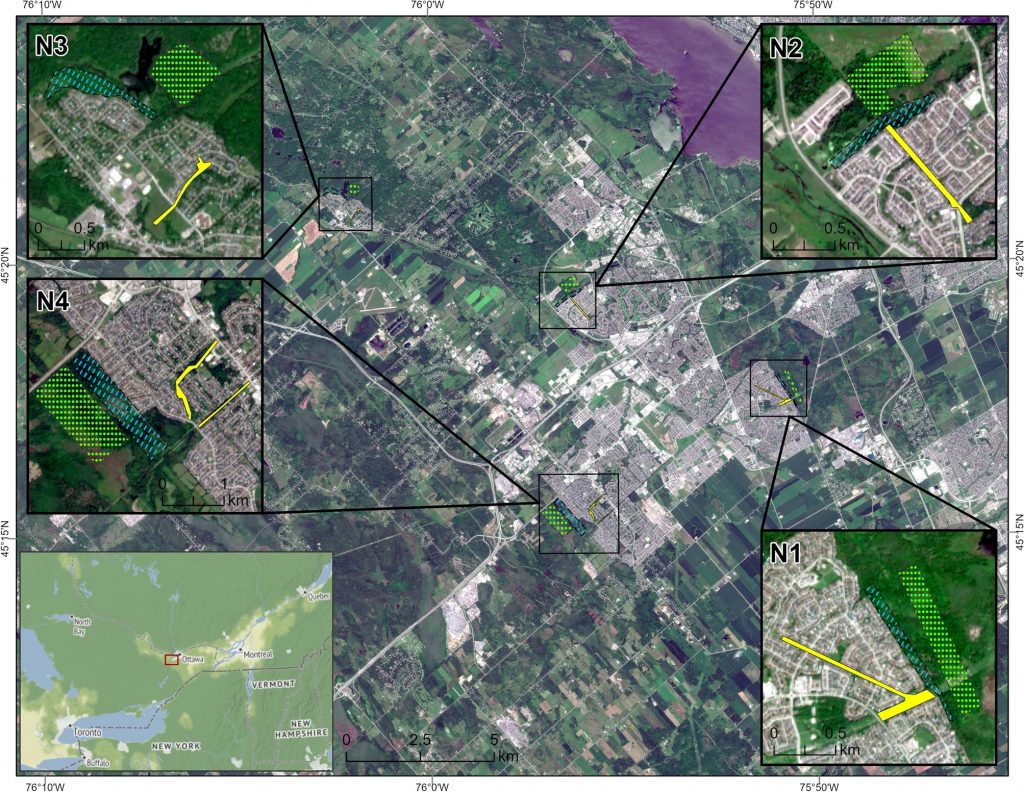By CanLyme
Canadian researchers compared the prevalence and infection rate of ticks in residential, woodland and residential/woodland border zones in Ottawa.1
They found that there were 15 times as many nymphal ticks in the woodland zones and 4 times as many in the border zones than in the residential areas. Specific ecological characteristics were associated with both the number and infection rate of ticks.
Said the researchers: “Ecological site characteristics, including soil moisture, leaf litter depth, and understory density, were associated with variations in nymphal density and their infection prevalence. Our results suggest that high environmental risk bordering residential areas poses a concern for human-tick encounters, highlighting the need for targeted disease prevention.”
The prevalence of infected ticks in the woodlands was 24 times greater than in the residential zones. The combined adult-nymph infection prevalence was significant at 32%. Mice were also collected in the three zones, and 57% of infected mice were found in the woodland areas. This research highlights the need for increased awareness and prevention across all of these environments.
Click here to read the article in Scientific Reports.
Footnotes
- Logan, J.J., Knudby, A., Leighton, P.A. et al. Ixodes scapularis density and Borrelia burgdorferi prevalence along a residential-woodland gradient in a region of emerging Lyme disease risk. Sci Rep 14, 13107 (2024). https://doi.org/10.1038/s41598-024-64085-6
SOURCE: Canadian Lyme Disease Foundation





















We invite you to comment on our Facebook page.
Visit LymeDisease.org Facebook Page